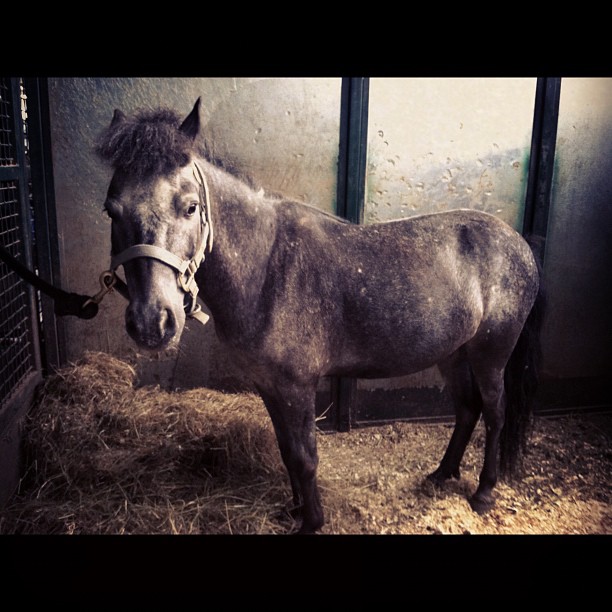Here is a thing that exactly zero people on earth anticipated being a problem this year: Collin Cowgill is headed to the bench.
This is a player that most people didn’t even think would make the Angels’ Opening Day roster, mind you. The biggest contribution Collin had made in his brief Angels career was giving fans the ability to make lame “I need more Cowgill” jokes. Yet here we are with Cowgill sporting a nifty 130 wRC+ and 1.3 fWAR. The Angels haven’t gotten that kind of production from their bench in years. Literally. Their reserve outfielders the last three years have been worth a combined 0.7 fWAR.
Now the problem isn’t trying to hide the lack of depth, but rather perhaps trying to find a way to use their bench more. Well, Collin Cowgill, anyway. I think we’ve had all of the Ian Stewart we need for a lifetime. While it is clear that the three starting outfielders are all much more talented than Cowgill, his performance merits trying to find a way to use him with some regularity.
Or does it? I suppose we should verify that first. Like I said before, Cowgill was expected to be in the minors to start the year and that was with good reason. He’s gotten 100+ plate appearances in each of the last three seasons and been kicked to the curb by three different franchises as a result. He’s always been a strong defender, but up until this year he had been worth negative runs offensively. Just because he’s put together 117 strong plate appearances this year doesn’t mean he is suddenly going to be a consistent offensive producer.
In fact, there is plenty of reason to doubt his new found productivity. The biggest of which is his .403 BABIP. Nobody can pull that BABIP off for very long. Even with his speed, his best case scenario for season-long BABIP should probably top out at around .325. No matter what the Angels do with Cowgill, regression is likely to take a big wet bite out of that shiny 130 wRC+.
Of course, it isn’t all smoke and mirrors for Cowgill. One of the things he is doing this year that he hasn’t done previously in the majors is draw walks, with a 12.0% walk rate. In 2013, his walk rate was an ugly 4.3%. However, in the minors, Cowgill walked quite a bit. From 2008 through 2013, Cowgill had posted a walk rate of 9.9% or better at each minor league stop (excluding stops of less than five games) with the exception of his 2012 Triple-A stint where his walk rate was only 7.0%. This is a guy who has the ability to be patient, but it hadn’t previously manifested itself in the majors. I imagine this has a lot to do with him being unnaturally aggressive so that he could “prove himself” by making things happen with the bat. That happens when you play for four franchises in four years and get a little antsy about your future employment.
His swing rate bear out this less aggressive approach as his swing rate out of the zone is down from 28.7% in 2013 to 22.5% in 2014. His in-zone swing rate is static, but it has led to an overall decrease in swing rate of four percentage points. Those lack of out-of-zone swings not only allow him to walk more, but they also result in Cowgill getting himself out less as his out-of-zone contact rate is down nearly eleven percentage points. Considering all that, even if you account for the unnatural BABIP, Cowgill has become a better hitter for the Halos this year.
Great, so Cowgill actually is useful. Now what do they do with him? Trout and Hamilton need to be playing every day (probably, I’m still a bit suspect of Hamilton hitting lefties) and Calhoun probably should as well since his history suggests he is quite capable against same-side pitching. Cowgill, for his part, has pretty stark career platoon splits with a .330 wOBA against lefties and .256 wOBA against righties. He’s closed that gap this year, but sample size significance is not in his favor. Even if he has made strides against righties, it is clearly optimal to deploy Cowgill against lefties. A strict platoon with Calhoun is uncalled for at this point, but picking spots and having Cowgill start in right field against the toughest of lefties makes a lot of sense.
That doesn’t leave a lot playing time for Cowgill though. That’s not exactly a problem though. The Angels shouldn’t be playing him over superior players just for the sake of playing him. If anything, they just need to keep him in the lineup enough so that he doesn’t get rusty and fall out of the positive rhythm he is currently in seeing how there is a good chance they could need his services again. Josh Hamilton is always an injury risk, Mike Trout is dealing with a hamstring issue and who the hell knows what Raul Ibanez and C.J. Cron are going to provide in the DH hole.
So, the real answer to the question “whither Collin Cowgill?” is just don’t let him wither away and rot on the bench.
Add The Sports Daily to your Google News Feed!
